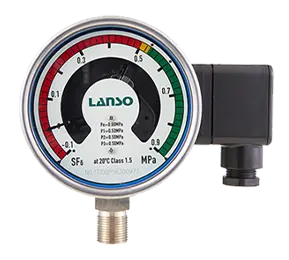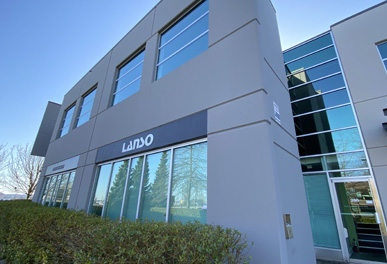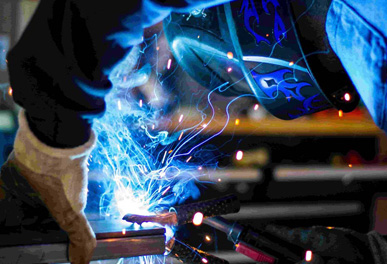SF6 circuit breakers play a critical role in electrical equipment, and pressure gauges and density relays are essential components that ensure the proper operation of the equipment. In this article, we will delve into the differences and roles of these two components in SF6 circuit breakers.
Differences and Features of Pressure Gauges and SF6 Relay
Pressure gauge
The pressure gauge is mainly used to monitor the pressure changes in the system to detect the pressure status of SF6 gas in the equipment. Compared to density relays, pressure gauges focus more on providing a visual reading of pressure changes but do not have signal contacts themselves. This means that in emergency situations, pressure gauges cannot trigger alarms or take control measures.
SF6 Relay
In addition to monitoring system pressure, density relays can also control and protect the equipment. Unlike pressure gauges, density relays have alarm contacts and self-locking contacts, allowing them to actively emit alarm signals and lock signal contacts when necessary. This feature makes density relays more comprehensive in protecting equipment from potential threats.
Roles and Functions of Pressure Gauges and SF6 Relay
Role of pressure gauge
SF6 gas pressure gauges are installed on circuit breakers mainly to monitor the pressure changes of SF6 gas. Their role is to provide real-time pressure readings, helping maintenance personnel understand the status of SF6 gas in the equipment. However, pressure gauges cannot emit alarm signals actively, and manual observation is required to determine whether the pressure is within the normal range.
Role of SF6 Relay
In circuit breakers, density relays play a more complex role. First, they monitor the density of SF6 gas in closed containers by means of temperature compensation to provide more accurate pressure indications. Secondly, density relays have alarm contacts and self-locking contacts, which can emit alarm signals when the pressure drops to a certain value, indicating that the equipment needs to be filled with gas. At the same time, when the pressure drops to the lock value, the density relay locks the signal contact to prevent misoperation of the circuit breaker and ensure the safety of the equipment.
Working Principle of SF6 Relay
SF6 relay measure pressure using Bourdon tubes. The Bourdon spring or Bourdon tube is a hollow graph point. Gas enters and pushes the lever, driving the gear lever to rotate and indicating the pressure reading. In the case of no leakage, temperature changes cause pressure changes. To eliminate the influence of temperature changes on pressure indications, density relays use devices with temperature compensation to ensure accurate indication of the equipment's status under various environmental temperatures.
In conclusion, there are significant differences in functionality and roles between pressure gauges and SF6 relay in SF6 circuit breakers. Pressure gauges are mainly used to provide visual readings of pressure changes, while density relays comprehensively protect equipment by monitoring pressure and providing alarm and locking functions. For ensuring the safe operation of SF6 circuit breakers, density relays play an irreplaceable role in density monitoring, alarm, and control.







